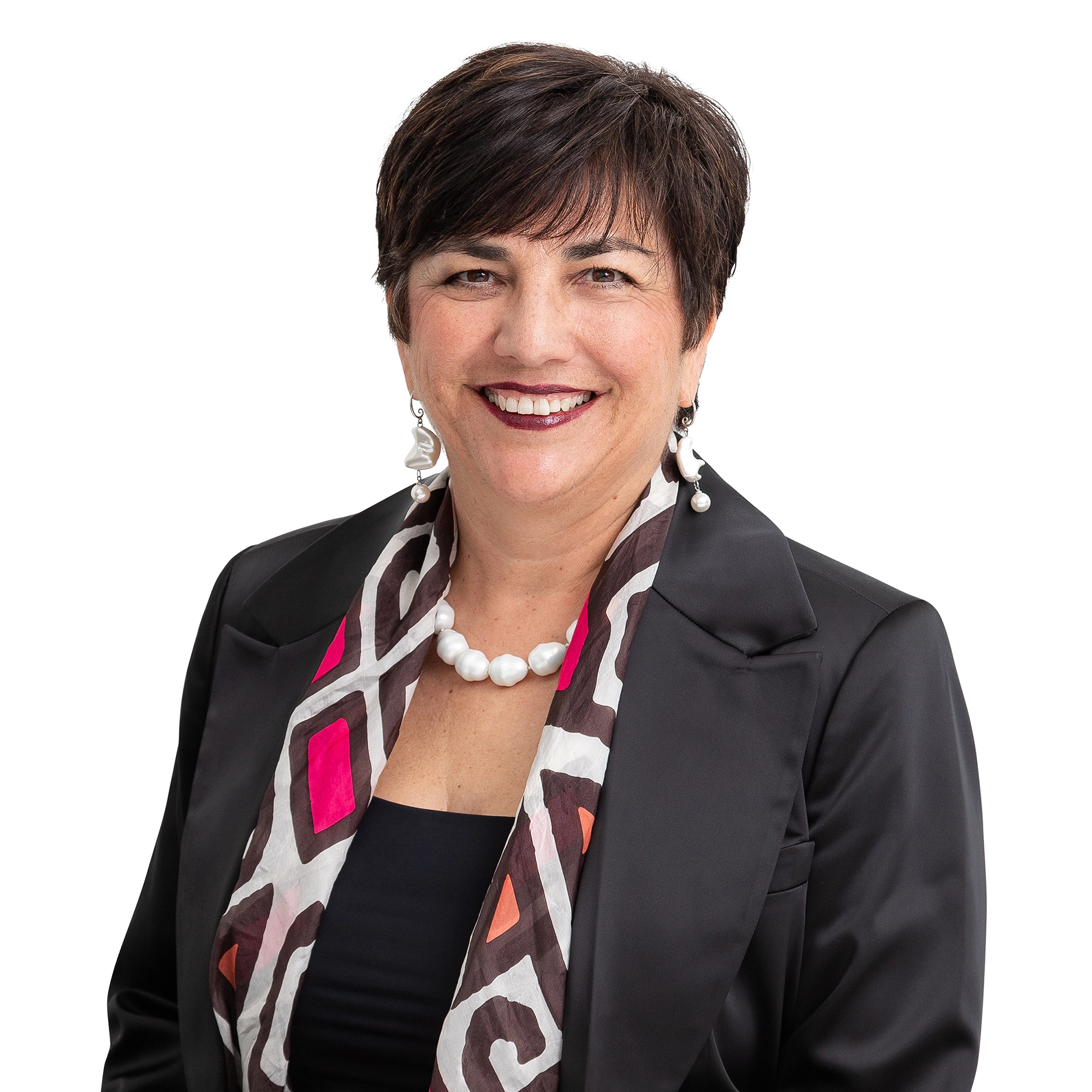02 November 2025
Gender, Public Policy, Road Safety
Gender Mainstreaming in Road Safety: A Policy Framework for Equity
Download this insight as a PDF
Despite ambitious commitments to Vision Zero, eliminating road deaths and serious injuries by 2050, Australia is struggling to meet interim targets. A critical, often overlooked factor is the way gender shapes risk, experience, and outcomes on our roads. Globally and in Australia, men are overrepresented in road fatalities and serious injuries, however, women and gender-diverse individuals still make up nearly a third of those killed or seriously injured on the roads. Despite this, our policies generally fail to consider the needs of all genders and instead tend to rely on aggregated data, or on men. Road safety policy and practice must move beyond a “one-size-fits-all” approach. By mainstreaming gender considerations, we can design safer, more equitable transport systems for everyone.
Three key takeaways for policy makers
- Use sex-disaggregated data: collect and analyse data by gender to understand who is at risk and why. This enables evidence-based, targeted interventions.
- Build contextual understanding: consider the whole system, including vulnerable users, modal choices, and intersectionality with other factors such as ethnicity and disability.
- Consult with people of all genders: policy should be shaped by those it impacts. With women representing just 4.5% of transport CEOs in Australia (and similar representation in many countries), diverse perspectives are lacking. Ensuring all genders contribute to decision-making is essential.
Note, this research doesn’t yet fully capture the experience of all genders. However, the authors would like to acknowledge and respect the diversity of gender identities, including men, women and gender diverse people, and are committed to improving inclusivity in future work.
The problem
The increased likelihood of men experiencing fatal or severe injuries while driving is well established in the literature. Studies have shown that on average men drive further distances than women and are considerably more likely to engage in risk-taking behaviour compared to women, such as speeding, driving under the influence of drugs or alcohol, or not wearing a seatbelt. However, the issues that relate to women and gender-diverse individual’s road trauma are considerably less explored. The lack of gender-disaggregated data limits our understanding of the full spectrum of crash involvement.
Road trauma statistics, when disaggregated, show us that women and girls have distinct physical traits, behaviours and travel patterns when compared to men. Analysis of data collected by the NSW Centre for Road Safety reveals clear patterns, in line with international and Australian research. As shown in Figure 1:
- Women are more likely to be seriously injured as pedestrians and passengers,
- They are underrepresented in motorcycle and bicycle crashes, and
- Their travel often involves complex, multi-stop journeys, frequently on foot or using public transport.
In addition, Figure 2 reveals that as pedestrians, the total number of FSI for males and females is similar, but the profile of gender differs across the lifecycle, with a larger proportion of women over 60 years of age killed or seriously injured as pedestrians than men. Furthermore, cycling road trauma is significantly higher for males than females, and again there are lifecycle differences.
These differences reflect the lived realities of how different groups use and experience the transport system. The lack of focus on gender-based analysis also hides from view potential differences that may be critical to reducing road trauma.
One of the most striking examples of gender bias is in vehicle safety
Research shows that women are 47% more likely to sustain serious injuries in a belted crash compared to a man in the same crash, and 71% more likely to be moderately injured. Vehicle crashworthiness of cars has been tested with crash test dummies and vehicle design standards based on the ‘average’ male body. Even now, female crash dummies in Australia represent only the smallest 5% of women, leaving most women unrepresented in safety testing. Women are also almost twice as likely as men to be trapped in a vehicle after a collision and sustain different injury patterns. These disparities in occupant safety are not just about fairness; they are about safety and saving lives. Advancements in vehicle automation and safety systems are essential for achieving Vision Zero objectives, and it is critical that these improvements consider gender-specific factors.
Despite clear evidence of gendered patterns, most road safety strategies in Australia do not adequately address them.
We reviewed eight major strategies and plans from across Australia and found that only half mention gender at all, and only two mention women explicitly. Furthermore, when gender is referenced, it is usually only in reference to a statistic and not in the design of interventions or policies. This lack of focus means interventions often target male-dominated risks, leaving women’s and gender-diverse people’s needs unaddressed. For example, the Australian Government’s national investment in walking and cycling infrastructure makes up less than 1% of what is spent on roads each year, despite women’s greater reliance on these modes.
The opportunity to apply Gender Mainstreaming
We are calling for a Gender Mainstreaming framework to be applied to policies and planning in road safety across Australia, in line with the United Nations Sustainable Development Group (UN SDG) and key international guidance and practices in transport policy. This approach aims to mainstream
‘assessing the implications for women and men of any planned action, including legislation, policies or programmes, in any area and at all levels. It is a strategy for making the concerns and experiences of women as well as of men an integral part of the design, implementation, monitoring and evaluation of policies and programmes in all political, economic and societal spheres, so that women and men benefit equally, and inequality is not perpetuated’ (UN SDG, 2019)
In a road safety context, the application of a gender mainstreaming framework simply means considering how different groups use transport, how they experience risk and how their impacted by all aspects of the road system before any decisions are made.
Gender mainstreaming is embedded practice in leading countries such as Sweden, which committed over 20 years ago to a ‘gender equal transport system’, emphasising the importance of gender impact on investment decision-making.
The benefits of gender mainstreaming
The benefits of gender mainstreaming are best illustrated through practical examples. A few are described below:
- In Vienna, city planners discovered that 56% of trips on foot were made by women, while 58% of car trips were made by men. Recognising that women’s travel patterns were more complex, the city piloted a project that resulted in 60 intersection improvements, the widening of more than 1,000 metres of pavement, the establishment of pedestrian lead times at several intersections, additional seating, and improved lighting. These changes directly responded to the needs of women and vulnerable users and have since guided the creation of standards for pedestrian movement.
- Technology and data also play a role. The SafetiPin mobile app, launched in Delhi, collects safety data through crowdsourcing and user audits. The government used SafetiPin data to identify thousands of unsafe locations, guiding street lighting, CCTV placement, and safer pedestrian routes. The app’s integration into transport and urban policy has enabled gender-sensitive transport planning and is now used by around 100 cities globally.
- Internationally, Transport Canada’s Gender Based Analysis (GBA) Plus Initiative integrates gender guidance and review into cabinet documents, funding submissions, and budget proposals, ensuring that gender considerations are embedded at every stage of policy development.
There is also a wealth of guidance available to support gender mainstreaming in practice. Key international organisations such as the OECD, World Economic Forum, World Bank, Asian Development Bank, and ITF have developed toolkits and frameworks. In Australia, there is also plenty of information with gender impact assessment guides published by state and Commonwealth governments, specific to transport.
Three key takeaways for policy makers
For policy makers in Australia wondering how to better consider gender in policy and strategic planning, we have three key takeaways:
- Use sex-disaggregated data: collect and analyse data by gender to understand who is at risk and why. This enables evidence-based, targeted interventions.
- Build contextual understanding: consider the whole system, including vulnerable users, modal choices, and intersectionality with other factors such as ethnicity and disability.
- Consult with people of all genders: policy should be shaped by those it impacts. With women representing just 4.5% of transport CEOs in Australia (and similar representation in many countries), diverse perspectives are lacking. Ensuring all genders contribute to decision-making is essential.
Gender mainstreaming isn’t just about fairness; it’s about saving lives. By understanding and addressing the diverse needs of road users, we can design better, safer systems. The evidence is clear: when gender is ignored, policies fail to protect everyone. When it is considered, we move closer to Vision Zero and a truly inclusive road system. It’s time to move beyond the default male perspective and build a road system that works for everyone.
Connect with our team
Contact





 Discover more Insights
Discover more Insights